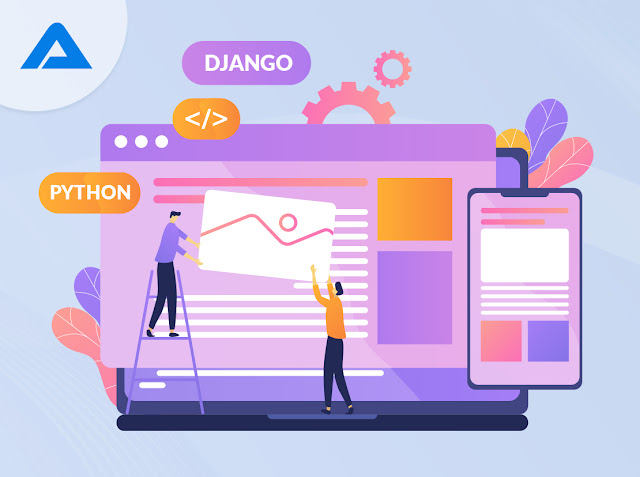Thanks to the versatility and simplicity of Python, developers have adopted the programming language for mobile and web development. Combine that with Django, and give way to one of the best web frameworks to develop robust websites and mobile applications.
As one of the leading python development companies in the market, AddWeb Solution has always relied on Python and Django to power our web and app development projects.
But why do we do that? Why do most developers do that?
The answer is not a simple one, as it needs to address in length the benefits that Python and Django bring to the table.
Let’s try to crack the code via this article and help you understand why your web or app development project must also leverage the potential of these two frameworks.
What Makes Python Ideal for Web Development?
The popularity of Python continues to rise as more Python developers are on the rise. The following reasons can help you understand why:
Humans can understand Python easily.
Although Python is a high-level programming language, humans can easily understand the language as it uses words that they can comprehend quickly. Python uses an interpreter that converts the codes, which are then translated by computers.
Further, the debugging process in Pythons is also more accessible as the translation helps with the same. This is something that most developers cannot say about other popular programming languages.
Python is fast and powerful.
Python is exceptionally versatile as a general-purpose language, and a programmer can use it to build anything online. It has an extensive library of features that developers can use and leverage to carry out any programming task.
Python can make it easier and faster by offering convenient solutions, whether you are trying to develop an interface or protocols for an operating system, processing images or videos, or running calculations.
Since Python makes the development process quick, it reduces the time to market for a product, which bodes well for businesses looking for faster ROIs.
Python works well with other languages.
During Python web and mobile development, there are instances when it has to interface with codes written in other programming languages.
The interface is easy and quick with Python. In addition, you can easily embed your Python work into the frameworks of other programming languages.
As a Python developer, you can build apps and web solutions in Python and combine the same with other languages, such as C++, to bring the best of both worlds to your project. How cool would that be for your project?
Why Choose Django for Web Development?
It has tailor-made templates.
One of the reasons Python developers and clients love Django is that it has everything built-in as templates. All you need is already available in the library, such as URL routing, managing sessions, HTML, and even object-relational mapping.
Django reduces development time.
While most developers do not use third-party applications, Django has the features to integrate with other applications. When projects are being developed, they need blocks that entail authorizations and emails. Django uses these as plug-ins to speed up the development process.
Another factor that expedites the development process in Django is its ability to develop an administrator panel all by itself, saving the time needed to develop it manually.
The panel interface can be further customized by adding wrappers and dashboards within the framework.
It boosts your SEO.
The Django-Python combination helps developers create better readability in URLs. Including relevant keywords in the URL can boost your SEO efforts considerably as it helps search engines understand your page and its content more effectively.
In addition, the Django framework has diverse cached templates in its library compressed by CSS and Java, enabling faster loading of your website. This positively influences your
SEO.
Further, Django has a separate tool that one can use to manage Robot.txt files, which is essential for good search engine crawling and indexing of your pages.

Comments
Post a Comment